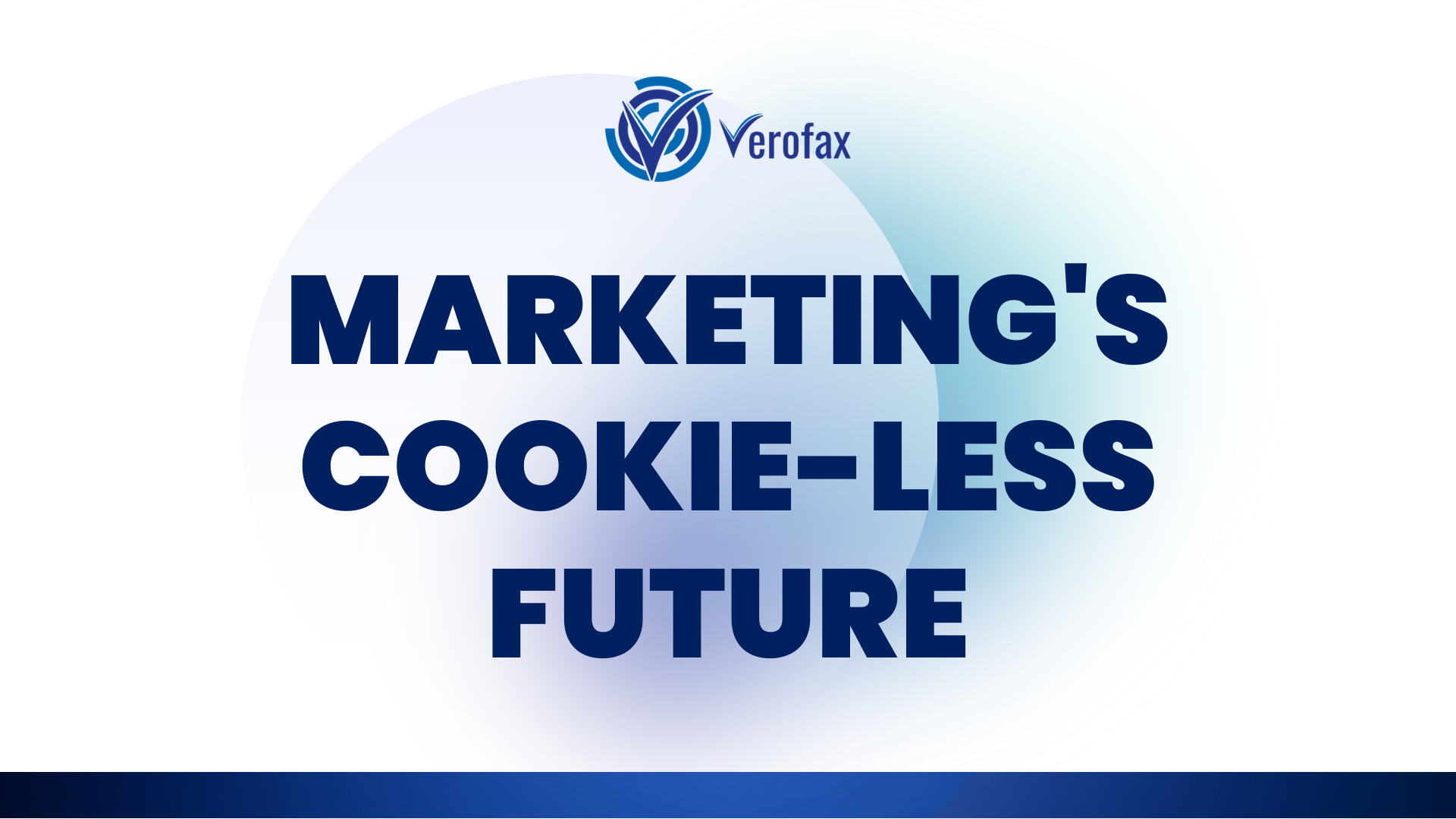Marketing’s Cookie-Less Future
The advertising and marketing landscape is on the brink of a significant shift towards privacy, leading us toward a cookie-less future. Over the past decade, marketers have leveraged third-party cookies to fine-tune their approaches, foster brand-customer relationships, and measure the effectiveness of their campaigns
[[1](https://www2.deloitte.com/us/en/insights/topics/marketing-and-sales-operations/global-marketing-trends/2022/the-future-of-marketing-in-a-third-party-cookieless-world.html)]. However, increasing concerns over data privacy and the misuse of personal information, coupled with tightened regulations and technological advancements, have led to the phasing out of these cookies (G2: The cookie-less future).
The third-party cookies that used to provide vital insights into customer behaviour and enable targeted marketing will soon be obsolete, with Google planning to eliminate them by 2023. The impact of this decision on the advertising and marketing industries is profound, prompting a race to find viable alternatives. Advertisers, publishers, and marketers are now shifting their strategies to amass quantities of reliable and accurate customer data, often through first-party resources.
One emerging trend set to revolutionize the marketing industry in the post-cookie era is interactive packaging. These innovative packages can generate real-time data, revealing deep insights about customer behavior, preferences, and trends. With the potential to provide immediate, in-store recommendations, this technology holds immense conversion potential. The adoption of interactive packaging solutions can significantly supplement the loss of third-party cookie data, enabling marketers to continue delivering personalized and engaging experiences.
As we transition towards a cookie-less future, high-growth brands are taking the lead, strategically deploying first-party data to drive customer engagement and growth. Data strategies are evolving, with a growing emphasis on delivering personalized content via dynamic creative optimization and using data to serve ads to users via programmatic media.
Moreover, in this changing landscape, brands should reconsider the effectiveness of hyper-targeted advertising. As data privacy takes center stage, marketers are encouraged to strike a balance between personalized customer experiences and respect for customer privacy. Furthermore, marketers should reassess the need for over-targeting, and instead, focus on broader brand-building strategies.
In conclusion, while the shift towards a cookie-less future is challenging, it presents an opportunity to reorient marketing strategies, focusing more on first-party data, innovative technologies like interactive packaging, and broad-based brand-building strategies. The future may be cookie-less, but it is certainly not data-less. Rather, it presents a more privacy-centric and innovative data landscape that still allows for significant customer engagement and growth.











